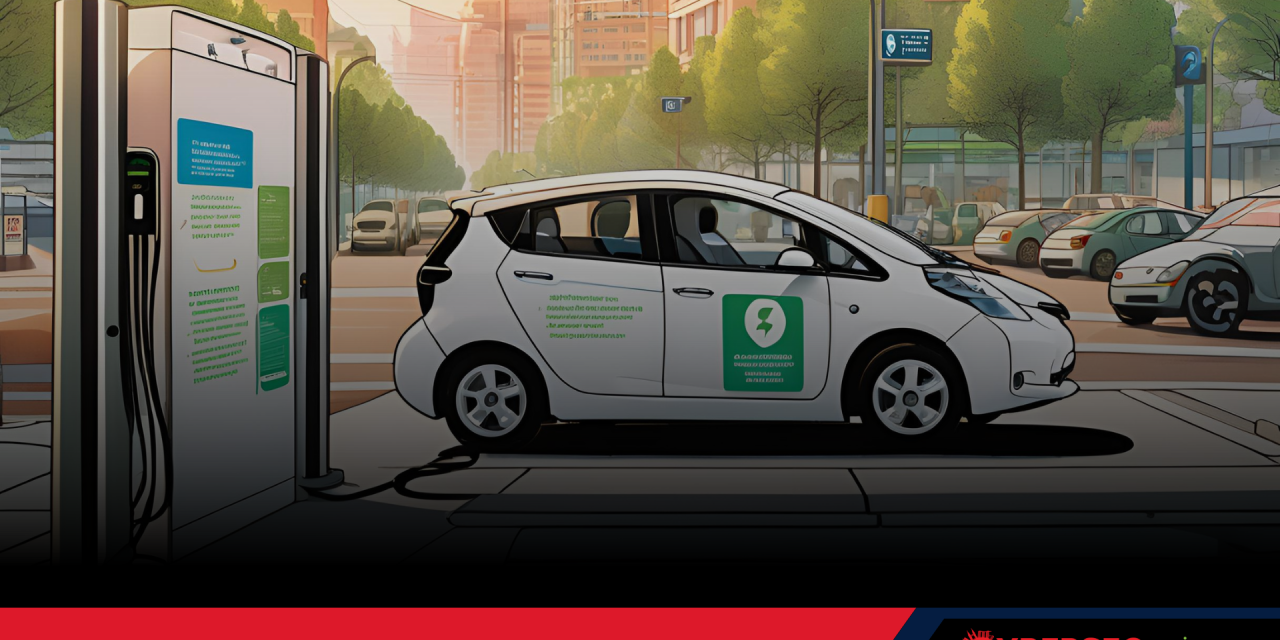Just as IoT and API vulnerabilities were predicted but slow to be addressed, EV infrastructure cyber threats need addressing now
While the ecological benefits of electric vehicles (EVs) are undeniable, there is a looming cybersecurity challenge that must be addressed. The rise of EV infrastructure, especially charging stations, introduces new digital vulnerabilities that cybercriminals are eager to exploit.
As this infrastructure expands around the world, EVs, charging stations, and related infrastructure will rely heavily on interconnected systems and data exchanges. For example, charging points rely on cloud-based services to manage transactions, monitor availability, and provide real-time data, making them prime targets for cybercriminals. These systems are vulnerable to cyberattacks, which could have far-reaching consequences.
Cybersecurity for these systems will need to managed to keep them in pace with the growing threat landscape.
Scope of EV infrastructure threats
Here are four cyber threat vectors to consider:
- API security vulnerabilities: Application Programming Interfaces (APIs) manage everything from user authentication to transaction processing and energy flow monitoring. Reports are showing that APIs attacks in the automotive industry have been surging by 380%. Poorly protected APIs can be exploited to steal data or disrupt services.
- Man-in-the-Middle attacks on charging stations: This type of attacks can intercept communication between a vehicle and a charging station, allowing malicious actors to manipulate sessions or steal payment details. Public charging sessions, especially fast-charging systems, are at the greatest risk due to the high turnover rate, enabling cybercriminals to gain access to large amounts of data, or cause widespread disruption.
- Ransomware and malware in charging stations: Ransomware attacks on charging stations can cause significant disruption. In 2022, ransomware infected several charging stations, locking systems until ransoms were paid. These attacks can have significant financial consequences for operators and cause major inconvenience to EV users, especially in regions where alternative charging options may be limited. Attackers have been using increasingly sophisticated methods to compromise critical systems, including those used in EV charging infrastructure.
- Vehicle-to-Grid vulnerabilities: Vehicle-to-Grid (V2G) technology, which allows electric vehicles to return electricity to the grid, is an innovation that enhances energy management and supports grid stability. However, the communication between EVs and the grid introduces new cyber risks. A successful cyberattack on a V2G system could result in unauthorized energy transfers, disruptions in grid operations, or even physical damage to both the grid and connected vehicles. With such systems in place, attackers could potentially access and manipulate critical grid infrastructure by exploiting vulnerabilities in electric vehicles. The consequences of a successful attack could include regional power outages, unauthorized usage of vehicle energy reserves, and significant financial losses.
Strategies for safeguarding EV infrastructure
The following measures can form the basis of comprehensive and continually updated security measures:
- API protection and encryption: Securing APIs with encryption and robust authentication mechanisms is essential. Regular audits can help identify vulnerabilities before they can be exploited.
- Zero Trust Architecture: This model ensures that every interaction within the network — whether between charging stations, vehicles, or mobile apps — is authenticated.
- Securing payment systems: Strong encryption of payment data, and multi-factor authentication, can prevent unauthorized access. Regular penetration testing of payment systems is also critical.
- Regular software and firmware updates: Unpatched vulnerabilities are a major risk. Regular security and software updates will need to be mandated to keep devices secure. In addition, maintaining a robust Software Bill of Materials ensures that operators are fully aware of all software components in use, allowing them to quickly address discovered vulnerabilities.
- Outsourcing to third party specialists: Given the complexity of EV infrastructure, many organizations may lack in-house expertise. By partnering with external cybersecurity specialists, operators can enhance their cybersecurity capabilities and ensure compliance with industry standards.
Ensuring that EV infrastructure is resilient against cyberattacks will not only protect investments but also build consumer confidence in the global push toward greener transportation.

















